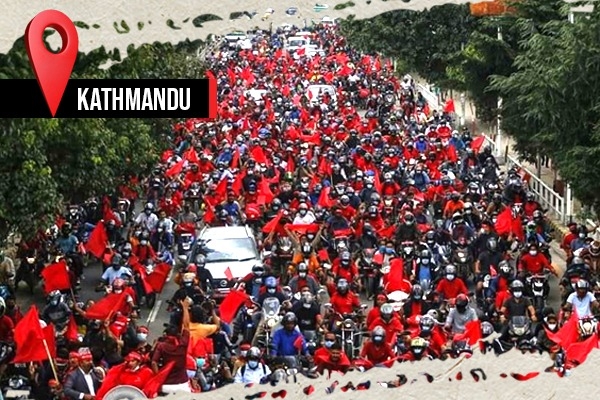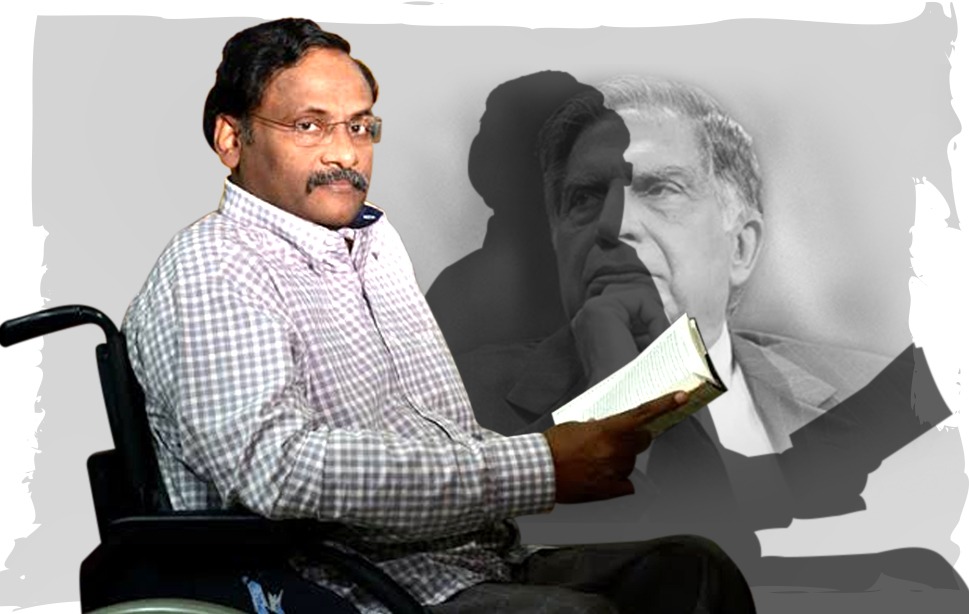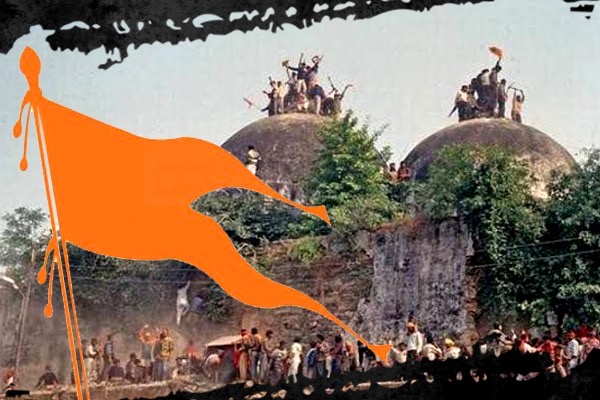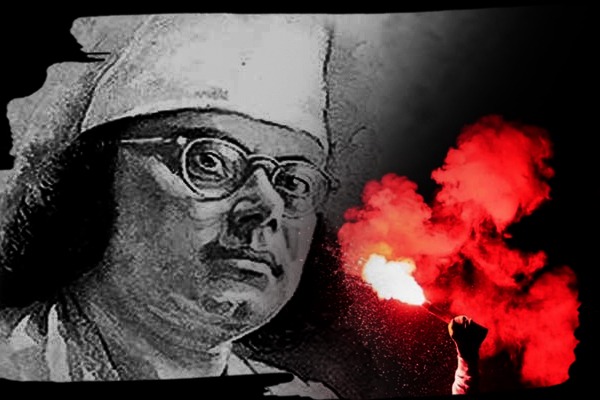Birsa Munda, the unanimous leader of the anti-British as well as anti-feudal agrarian tribal movement of Chhotanagpur, was born on 15th November 1875 in a poor Munda family of Ulihatu, a small village in Khunti Police Station of Ranchi District (now-a-days Khunti District of Jharkhand). His father lost all his lands to the exploitative zamindar and mahajans (money lenders) and finally, evicted from his own village, was forced to travel to different villages in search of a job. This was the typical fate of many small peasants in Chhotanagpur in the 19th century.
A description of feudal oppression published in the Calcutta Review in July 1869 reads as follows – “When the oppressor wants a horse, the Kol must pay; when he desires a palki, the Kols have to pay and afterwards bear him therein. They must pay for the musicians, for his milch cows, for his pan. Does someone die in his house? He taxes them; is a child born? again a tax; is there a marriage or puja? a tax. Is the thikadar found guilty at ‘cutchary’ sentenced to be punished? The Kol must pay the fine. … And this plundering, punishing, robbing system goes on till the Kols run away.” The farmers of Chhotanagpur repeatedly burst out in protest against such exploitations, oppression and torture. Zamindars and the Police then brutally tortured them to suppress those uprisings. Birsa Munda’s movement consolidated the voice of the oppressed against such extreme violence.
He started his primary education in the school of Joypal Nag at Salga near Ayubhatu, where he spent his childhood in his maternal uncle’s house. With help from a Christian preacher, Birsa got admitted to the Burju Mission boarding school at Chaibasa. His intelligence and hard work drew everyone’s attention in the School. One day in the prayer line, Father Notrot said ‘Sardars are cheats’ to demoralise the ‘Sardari Movement’. Young Birsa protested against this derogatory statement. The mission school expelled him. Then he worked as a domestic servant in rich families. Anand Pandey, the naib of the zamindar of Bandgaon appointed him. Anand Pandey told him the stories of Ramayana and Mahabharata. Birsa also learned Ayurveda, both the process of treatment and identification of medicinal plants.
He noticed misuse and wastage of wealth at the zamindar’s ‘Durbar’ and, at the same time, the oppression over the toiling people to collect money. During this time, the British government introduced the forest act which would serve the economic interests of the government and the traders, while curtailing the traditional rights of the common people and the tribals on the forests.
The forest-dwellers spontaneously started agitation. Birsa organised the villagers of Sirgida to demonstrate in front of a Jungle office, but he noticed that the government easily suppressed these sporadic spontaneous agitations. Birsa organised the natives and tribals of Chhotanagpur with the help of religious ideology. He introduced some rules and discipline, such as worshiping only the Singbonga. The ideology was known as Birsa Dharam and the followers were known as Birsait.
Birsa preached Birsa Dharam and he gave medical treatment, especially at the time of the spread of infectious diseases like small-pox, cholera, etc., with the assistance of his courageous young disciples. He saved many lives and became the symbol of confidence and faith among the oppressed people of Chhotanagpur. Soon he was known as the Dharti Aaba (God) of Chhotanagpur. The leaders of the Sardari movement also recognised Birsa as their leader.
The name of Birsa created a sensation in Chhotanagpur which generated fear among the zamindar, mahajans, and missionaries. They complained against Birsa to the commissioner of Ranchi and got an arrest warrant issued in his name. However, Birsa’s supporters resisted the police force by terrorising the zamindar, mahajans, and the church. A second warrant was issued on 22nd August 1895. On 24th August, Thursday, a huge police force encircled the unprotected Birsa at night and easily arrested him along with his fifteen disciples. Birsa was sentenced to two years imprisonment and a fine of fifty rupees in the Ranchi Court.
After release from Jail in 1897, Birsa and his followers noticed that the whole area was famine-stricken and smallpox had taken the form of an epidemic. However, that did not lessen the oppression by the zamindar or the mahajans on the poor people of that area. Birsa, with his followers, served the affected people day and night ignoring all odds.
He encouraged them to get united and armed to protect their own rights. The whole Munda Society and their neighbours started preparing for a revolt. He deputed a band of faithful followers for this tedious job. On 24th December 1899, Birsa ordered them to fight against the zamindar, missionaries, and the government. Some sepoy, chowkidar, zamindars, mahajans, traders and missionaries were injured or killed during the first days of the attack. The insurgents burnt Khunti police station. The Police personnel were utterly defeated between 24th December 1899 and 7th January 1900. Two company soldiers came to suppress the Insurrection. On 9th January 1900, British police ordered the Birsaits and the crowd equipped with traditional weapons to surrender. But they defiantly denied to surrender and fought fearlessly against the British force. Hundreds of insurgents along with women sacrificed their lives. Birsa escaped with the help of his followers.
He was arrested on 3rd March 1900. A hateful drama was played in the Jail when Birsa was still under trial. Suddenly it was announced that Birsa died of Cholera but there was no record of his treatment in the Jail Book. So, many Historians believe that Birsa was killed by poisoning and that announcement was an attempt to screen this heinous conspiracy under the story of death by Cholera.
The British government had to acknowledge the significance of Birsa Munda’s movement. It was expressed in the writings of the then Lieutenant Governor, who wrote “the disturbance may have been quieted but Simla requires to be constantly reminded that it is sitting on a powder magazine.”
The freedom fighters were also encouraged by Birsa Munda. The former Honourable President of India Shri K. R. Narayanan said – “The popularity, intensity and relevance of the movement launched by Birsa Munda was so widespread that all the mainstream political groups supported it and eulogised its contribution to arouse the common people to stand against the mighty British Empire. Acknowledging his crucial role in awakening the masses of Chhotanagpur against the British rule, the Indian National Congress and the Forward Block observed Birsa Day in 1940 with great enthusiasm. Paying tribute to Birsa Munda, the Indian National Congress named the main gate of its Ramgarh Session in 1940 as Birsa Gate and published stories of his eventful life which was circulated among the delegates.” (National Biography: Birsa Munda – K.S.Singh).
Birsa’s first protest was in his student life, when he supported the movement to protect the land rights of the Mundas and their poor neighbors from zamindars, mahajons, missionaries and other oppressors. The teenager Birsa himself organised people against the introduction of the Forest Act which severely compromised the rights of the tribal and forest dwellers for the profit of the British government and the trading companies in British India. The forests were traditionally protected and maintained by those tribal forest dwellers. Even to the present date, the poor people in and around forest heavily depend on forest resources for their livelihood and hence protect the forest out of their own interest as well as their traditional values. Research revealed, “90% of people who live in extreme poverty depend on forests for their survival.” (Deforestation Facts and Statistics 2024 [Global Data] 14th Sept. 2023-Toner Buzz).
Profit making from forest produce started in the British era and is continuing till now. 23 lakh hectare tree cover in India has been lost between 2020 and 2023 (Anandbazar patrika, 28th May 2024). 95% of total tree-cover loss in India from 2013 to 2023 occurred within natural forests. (Global Forest Watch Report; Khan Global Studies, 22-April-2024). Shrinking of tree cover is a global phenomenon. Globally, “between 1990-2010 an average of 15.5 million hectares of forest, between 2010-2015 an average of 12 million hectares of forest and between 2015-2020 an average of 10 million hectares of forest was destroyed every year.” (Deforestation Facts and Statistics 2024 [Global Data] 14th Sept. 2023-Toner Buzz). “Four Main Causes of deforestation are 1) Forest cleared to build factories, businesses and homes. 2) Forest cleared for farmland. (This includes farming-related industries, like paper mills and sugar refineries). 3) Forest cleared to create pastures for livestock. 4) Forest burned by wildfires.” (Deforestation Facts and Statistics 2024 [Global Data] 14th Sept. 2023-Toner Buzz).
Movements against deforestation are on the rise globally. Yet it is mainly the poor forest dwellers and tribals who are protesting. The struggle of Birsa Munda is a source of inspiration to the soldiers of these movements to protect the rights of tribal, traditional forest dwellers. It also remains highly inspirational to the environmental activists who are constantly fighting to save our forests from corporate greed. On the 125th death anniversary and 150th birth anniversary of Birsa Munda, the account of his life and struggle must spread worldwide as a symbol of struggle for human civilization.








